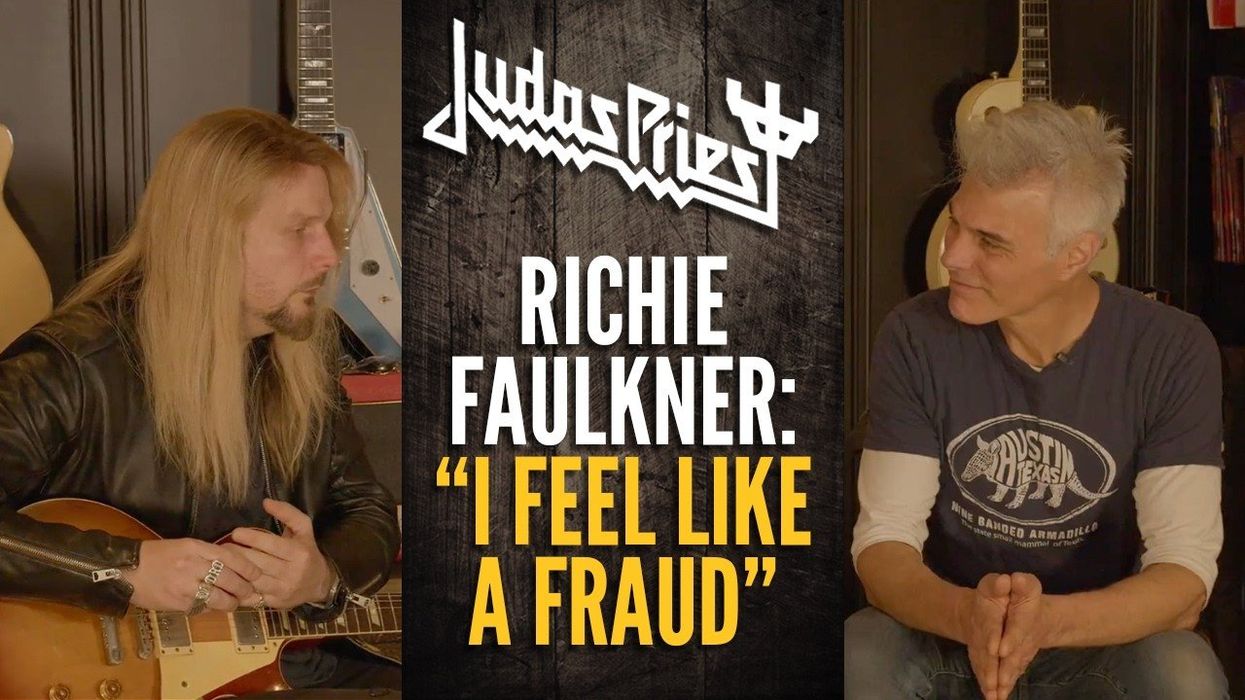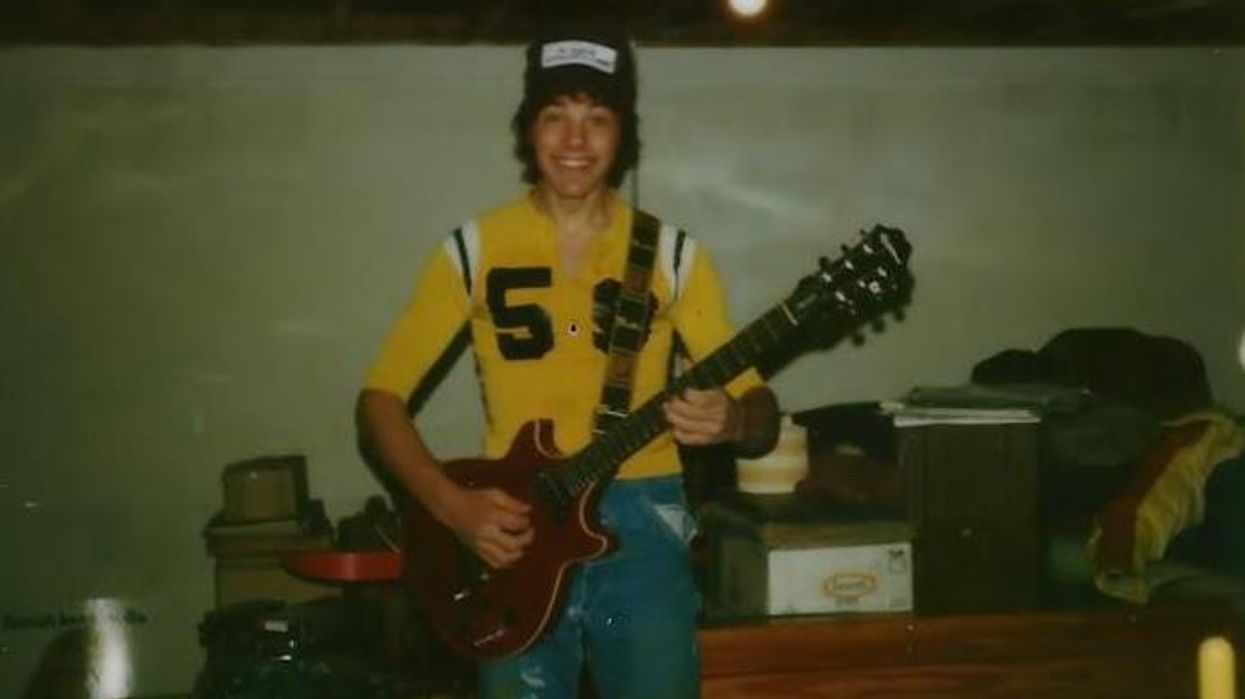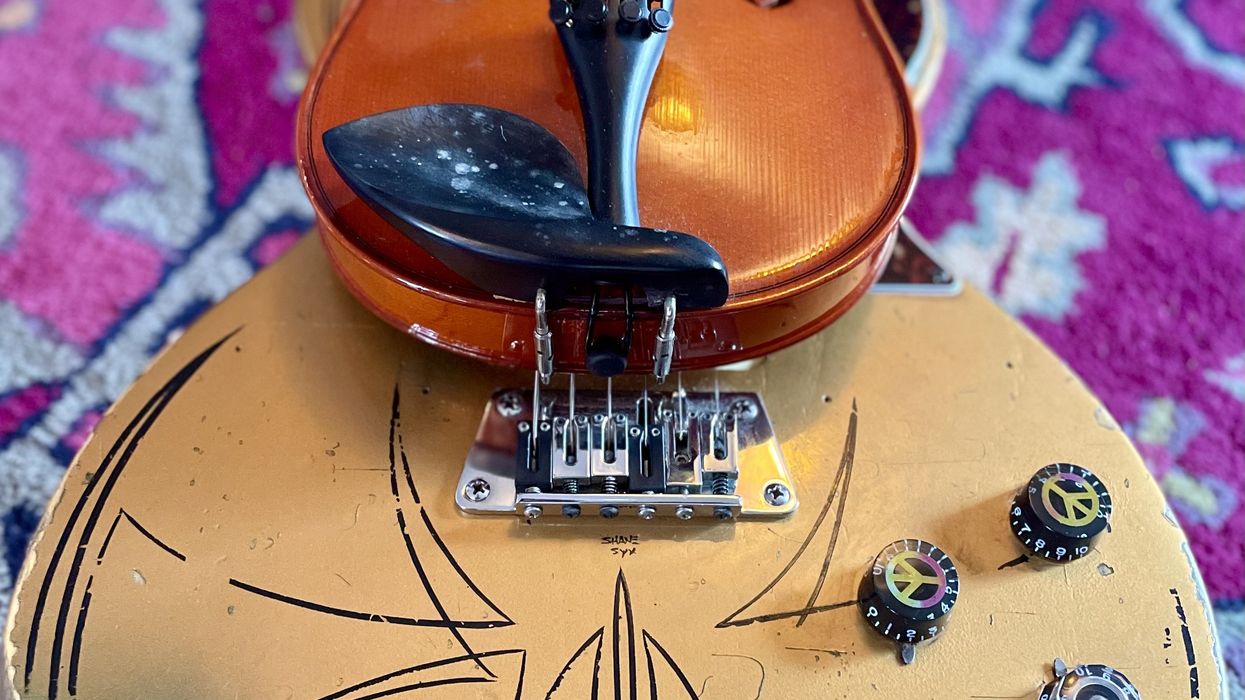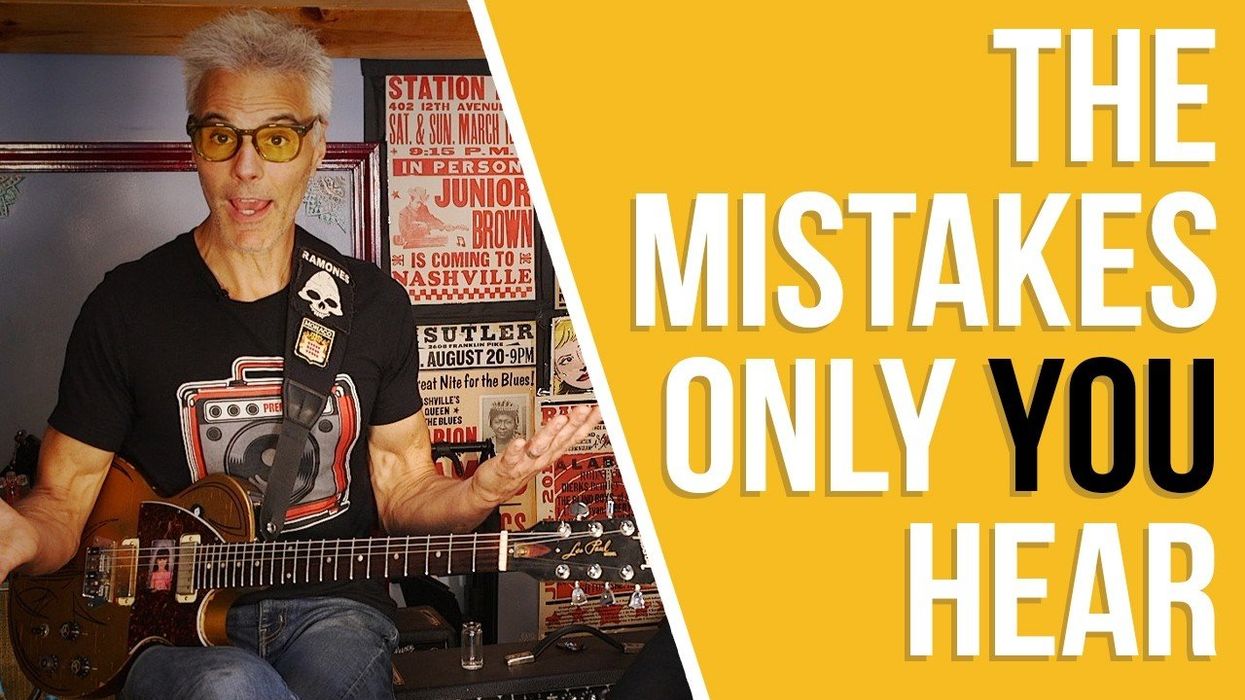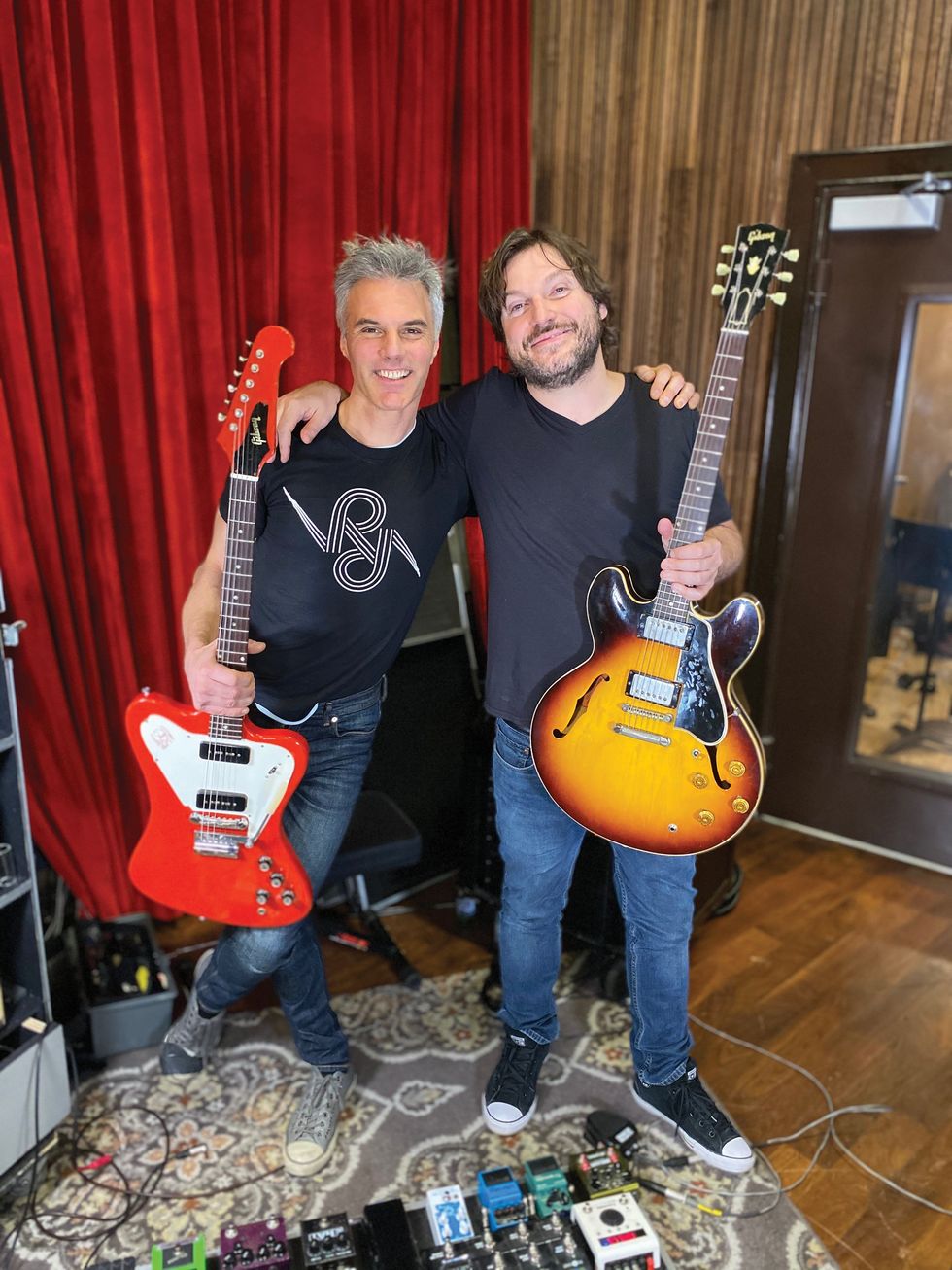Sonny T.’s versatile, aggressive, and open-minded playing made him a perfect low-end foil for Prince’s unbridled-yet-tradition-informed guitar. Photo by Martina Biccheri
In last month’s column, I focused on the amazing bass playing of the late Prince Rogers Nelson. His unconventional approach and innovative spirit made him sound just as unique on bass as he did on guitar or as a singer. But it’s no secret that Prince also collaborated with some of the finest bassists in the world, whether in simple jam sessions or for entire albums and tours.
The first, early ’90s incarnation of Prince’s band the New Power Generation represents my favorite era of his music. It’s also known as the “symbol” era or the “slave” era, and not coincidentally features my favorite Prince bassist—the left-handed Sonny Thompson (a.k.a. Sonny T.). Sonny played bass for Prince from 1991 to 1996 and is still very active on the Minneapolis funk/gospel circuit. Usually seen with a Warwick Dolphin, Sonny’s approach to the instrument is very aggressive and confident. The following songs are just a few of my favorites that he recorded with Prince.
“Diamonds and Pearls”
This masterpiece was arranged by the band and Prince, and recorded in just a few takes. The standout feature is the verse’s vocal melody, which is doubled by both synth bass and higher keyboard textures. It sounds simple enough, but it takes quite a bit of finger dexterity to perform it cleanly on electric bass.
During verses two and three, the bass drops a big downbeat on beat 4 instead of beat 1, and then answers every vocal line by doubling the single-note guitar line. With the exception of the choruses, the bass fills none of the functions it normally would in a pop-soul song. This is a highly original, stunning number.
“Cream”
This is just a simple (for Prince, anyway) and sexy blues-based tune. The drumbeat is straight and almost static, and lends itself to a busier bass line. The bass line in the verses uses the root note of every chord as a pedal point that Sonny returns to between hitting the major 6 and the b7. Rhythmically, the line consists of steady eighth-notes, but comes across as fairly busy against the straightforward drumbeat thanks to the use of large intervals.
If you practice this line with a drum machine or metronome, you’ll feel how funky it is even without the help of any other instruments. The chorus starts with a full, big, quarter-note downbeat on Bb and then walks with a more staccato feel down to F, where it drops another full quarter-note on the next downbeat.
The line then reverses the pattern to walk back up to the root. The pure swagger that Sonny delivers this line with sells it in the track.
“Endorphinmachine”
This gem from The Gold Experience features Prince’s own version of a Zeppelin-meets-Hendrix sound. As a 5-string bass fan, I absolutely love how Sonny uses his open 5th string in a manner similar to a rock ’n’ roll bassist—using the open 4th string while anchoring the line between higher notes. Instead of it being used as an effect where you occasionally only hear a low note to twist the ear, the low B is used as the starting point of the line in every measure.
The architecture of this bass line is not totally different from what we hear in “Cream,” in that the line skips are based on a low note (in this case, the low, open B), and then the 6 and the b7 are utilized. It’s one of my favorite hard-rock bass lines ever, yet it’s from a place where you wouldn’t expect to find it.
“I Hate U”
This whole song is a dynamic roller coaster that also features great use of arpeggios and may contain Sonny’s best work. The choruses feature a 16th-note back-and-forth motion between G# and A, followed by a root/5 chordal rock movement between C# and D. The verses have plenty of R&B goodness, like short, snappy downbeats—sometimes accentuated by the drums—as well as lively slides with plenty of attitude, and octave variation to keep the line from being too repetitive.
At the 4:28 mark, there is a great descending run where Sonny delivers some Jaco-esque fingerstyle bite in the middle of a song where he mostly goes for a warmer sound. During the long outro-chorus section, you can also hear legato octave climbs up the F# minor scale to produce a dramatic effect.
I hope you’ll give Sonny a listen and discover this bassist who was funky and unafraid enough to truly play bass as courageously and originally as Prince approached music in general.

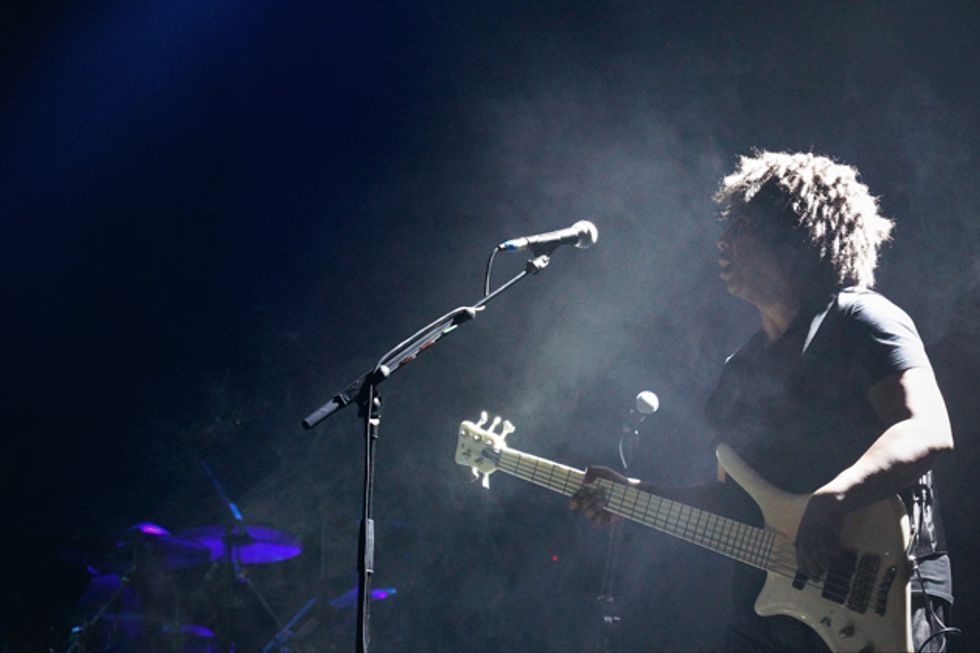



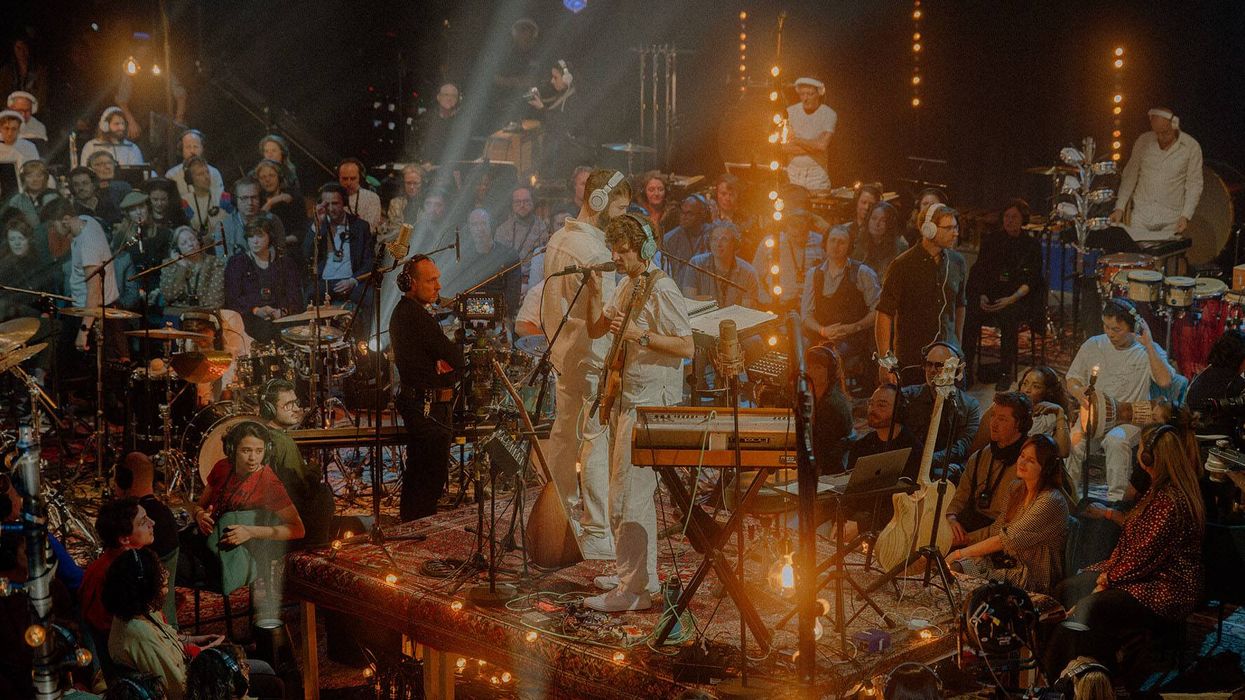





![Devon Eisenbarger [Katy Perry] Rig Rundown](https://www.premierguitar.com/media-library/youtube.jpg?id=61774583&width=1245&height=700&quality=70&coordinates=0%2C0%2C0%2C0)

